Spice Up Your Life: Discover the Fiery Flavors of Food from Brazil
Table of Contents
- Introduction to Brazilian Cuisine and Spices
- 5 Key Spices That Define Brazilian Cooking
- Iconic Dishes That Showcase Brazil’s Spice Magic
- Brazilian Spice Blends Worth Trying at Home
- Buying Guide: Best Brazilian Spices & Ingredients
- Pro Tips for Cooking with Brazilian Spices
- Fusion Fun: How to Blend Brazilian Spices into Global Dishes
- Final Thoughts on Embracing Brazilian Flavor
Introduction to Brazilian Cuisine and Spices
Brazil is a land of color, rhythm, and flavor. From its vibrant music scene to its lush rainforests, it's no surprise that its food culture is just as dynamic. Brazilian cuisine is a melting pot influenced by Indigenous tribes, Portuguese colonizers, African slaves, and immigrants from Italy, Japan, and Lebanon. This rich history has created a culinary landscape bursting with bold spices and unique flavor combinations.
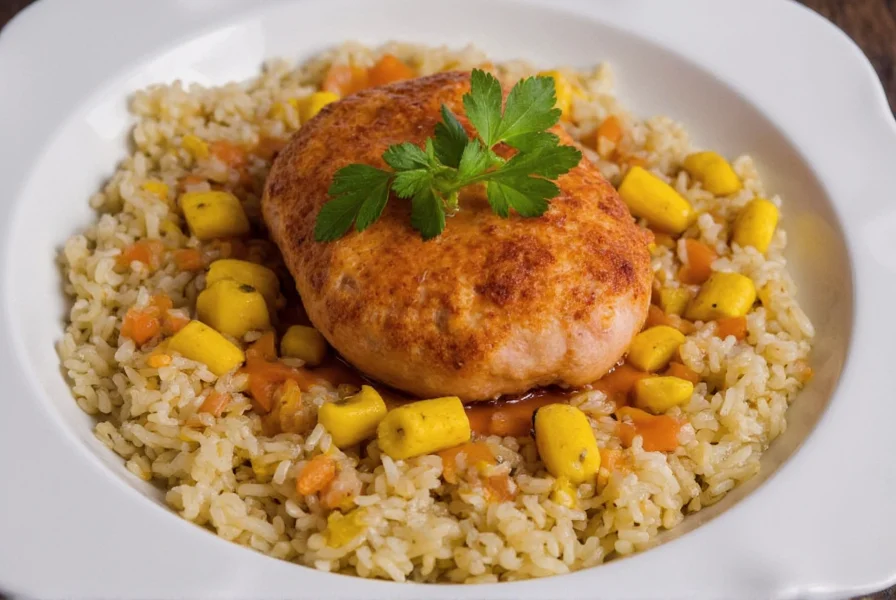
If you’ve ever tried a plate of feijoada, sipped a caipirinha, or bitten into a golden pão de queijo, you know that Brazil delivers on flavor. But what makes Brazilian dishes so unforgettable? A big part of the answer lies in its use of spices — not always fiery hot, but often layered with earthy, herbal, and aromatic notes that build depth and warmth.
5 Key Spices That Define Brazilian Cooking
Brazil doesn’t rely on just one spice — it dances with a whole orchestra of flavors. Here are five essential spices that bring Brazilian cuisine to life:
- Malagueta Pepper: The heat hero of Brazil. It's hotter than jalapeño and often used fresh or dried in sauces and marinades.
- Cumin: Adds earthiness to meats, stews, and bean dishes like feijoada.
- Annatto (Urucum): Gives dishes a gorgeous red-orange hue and a nutty, peppery flavor. Often used in rice, beans, and grilled meats.
- Cilantro: Fresh, citrusy, and indispensable. Used liberally in salsas, stews, and grilled dishes.
- Parsley: Often paired with cilantro for freshness and brightness in many traditional recipes.
| Spice | Flavor Profile | Common Use | Heat Level |
|---|---|---|---|
| Malagueta Pepper | Hot, grassy, fruity | Sauces, moquecas, grilled meats | Medium-High |
| Cumin | Earthy, nutty, warm | Feijoada, stews, meat rubs | Mild |
| Annatto | Nutty, peppery, slightly sweet | Rice, beans, fish, meats | Mild |
| Cilantro | Fresh, citrusy, herbaceous | Garnish, sauces, stews | Mild |
| Parsley | Grassy, clean, mild bitterness | Garnish, sauces, fillings | Mild |
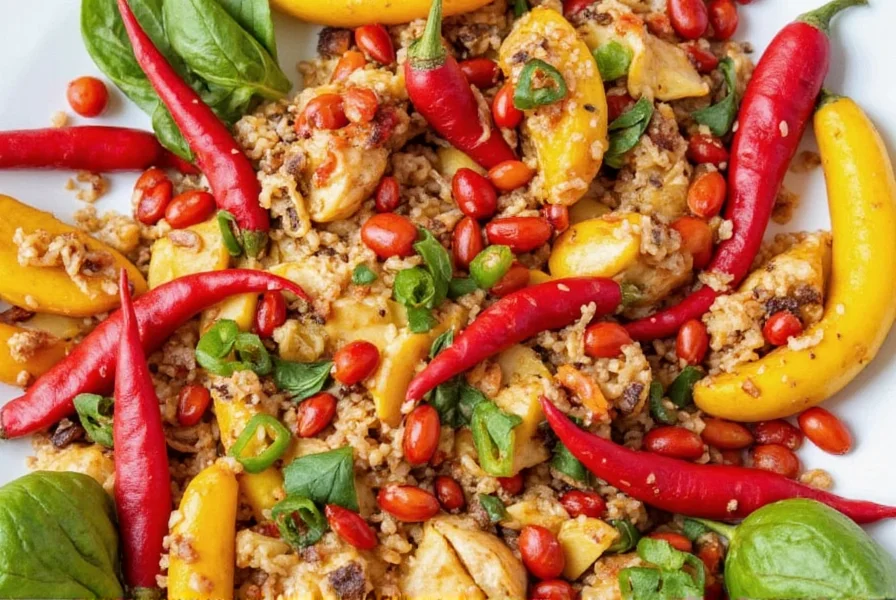
Iconic Dishes That Showcase Brazil’s Spice Magic
Now that we’ve got the spice palette sorted, let’s dive into some legendary Brazilian dishes that put those flavors center stage:
- Feijoada: Brazil’s national dish. A hearty black bean stew with pork and beef, seasoned with garlic, bay leaves, cumin, and orange zest. Served with rice, collard greens, and orange slices.
- Moqueca: A coastal seafood stew with tomatoes, onions, coriander, and palm oil. Sometimes includes Malagueta for heat.
- Churrasco: Brazilian BBQ! Marinated meats grilled over open flame, often rubbed with coarse salt, garlic, and sometimes chili or herbs.
- Vatapá: A creamy paste made from bread, coconut, shrimp, peanuts, and peppers. Commonly served during Festa Junina festivals.
- Farofa: Toasted cassava flour dish with butter, onions, bacon, and herbs. A crunchy side with any main dish.
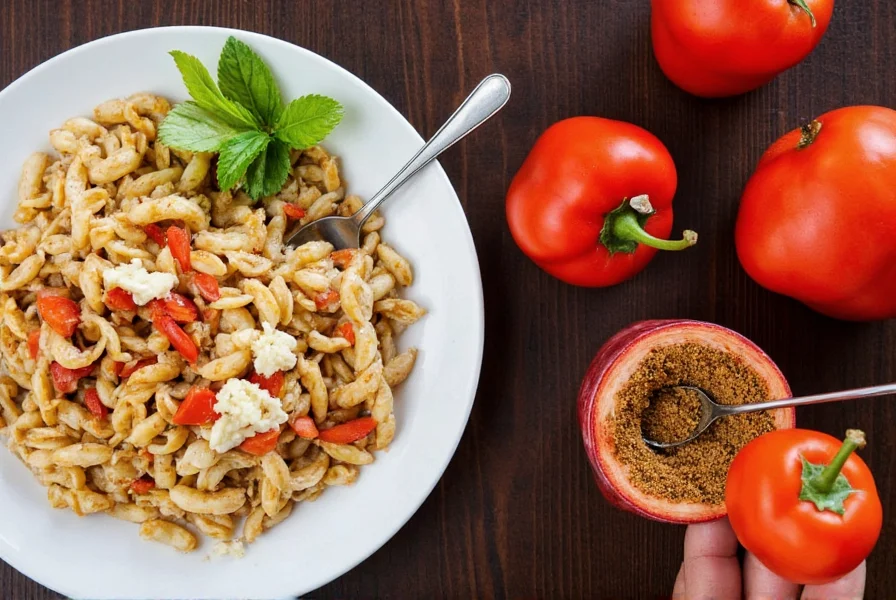
Brazilian Spice Blends Worth Trying at Home
Ready to level up your pantry? Here are a few Brazilian-style spice blends you can make yourself to bring authentic flavor to your kitchen:
Tropical Grill Rub
- Coarse salt
- Dried garlic
- Smoked paprika
- Crushed Malagueta pepper
- Black pepper
Ideal for grilling chicken, beef, or skewers — inspired by churrasco!
Feijoada Seasoning Mix
- Cumin
- Bay leaves (ground or whole)
- Black pepper
- Orange zest
- Dried thyme
This blend brings out the best in bean dishes and hearty stews.
Moqueca Spice Paste
- Fresh cilantro
- Garlic cloves
- Annatto powder
- Red onion
- Lime juice
Blend into a paste and toss with fish before simmering into a classic moqueca.

Buying Guide: Best Brazilian Spices & Ingredients
Want to stock your kitchen with real-deal Brazilian spices and products? Here’s what to look for, where to find them, and how to choose the best quality:
Annatto Powder / Seeds
- Features: Natural coloring agent with a mild peppery flavor.
- Best For: Coloring rice, beans, and meats; making pastes.
- Use Case: Essential in Amazonian dishes and moqueca.
- Target Audience: Home cooks and professional chefs aiming for authenticity.
- Recommended Brands: Simply Organic Annatto Powder, Badia Whole Annatto Seeds.
Malagueta Pepper Sauce
- Features: Fiery, fruity flavor profile; comes in different heat levels.
- Best For: Adding spice to grilled meats, soups, or sandwiches.
- Use Case: Table condiment or marinade ingredient.
- Target Audience: Heat lovers and Brazilian food enthusiasts.
- Recommended Brands: Sambaloco Malagueta Sauce, Palmares Hot Sauce.
Dried Cilantro & Parsley
- Features: Retains aroma well; rehydrates nicely in cooking.
- Best For: Long-cook dishes like feijoada or moqueca.
- Use Case: Enhances flavor in stews and sauces.
- Target Audience: Busy home cooks and meal prep enthusiasts.
- Recommended Brands: McCormick Ground Cilantro, Simply Organic Dried Parsley.
Black Beans (Canned or Dry)
- Features: High fiber, protein-rich base for feijoada and other dishes.
- Best For: Slow-cooked stews, salads, or purees.
- Use Case: Central to feijoada and Brazilian comfort food.
- Target Audience: Vegans, vegetarians, and omnivores alike.
- Recommended Brands: Goya Black Beans, Eden Organic Beans.
Palm Oil
- Features: Reddish-orange oil with a rich, nutty flavor.
- Best For: Authentic moqueca, farofa, and Afro-Brazilian dishes.
- Use Case: Cooking and finishing dishes for flavor and color.
- Target Audience: Gourmets and food adventurers.
- Recommended Brands: Nutiva Organic Red Palm Oil, Spectrum Naturals Palm Oil.
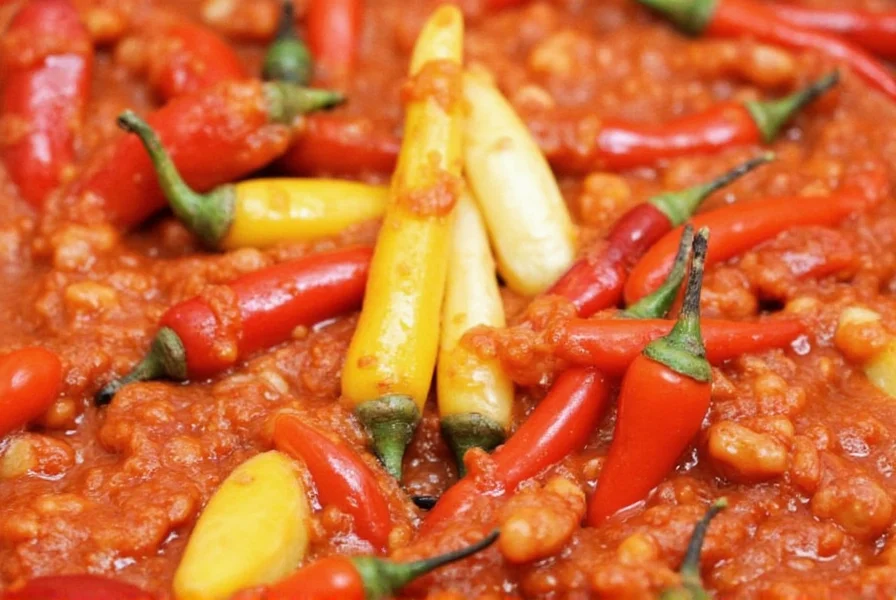
Pro Tips for Cooking with Brazilian Spices
You don’t need to be Brazilian to cook like one. Here are some practical tips to get the most out of your spice game when working with Brazilian ingredients:
- Toasting Spices: Toast cumin and annatto seeds in a dry pan to unlock their oils and deepen flavor.
- Fresh Herbs Are King: Use fresh cilantro and parsley generously — they elevate the vibrancy of dishes instantly.
- Balancing Heat: Malagueta is potent. Start small, then add more if needed. You can also temper it with lime, dairy, or coconut milk.
- Layering Spices: Add aromatics like garlic and onion early, followed by ground spices, then finish with fresh herbs.
- Marinating Meats: Use spice blends and acidic ingredients like vinegar or lime juice to tenderize and infuse flavor.
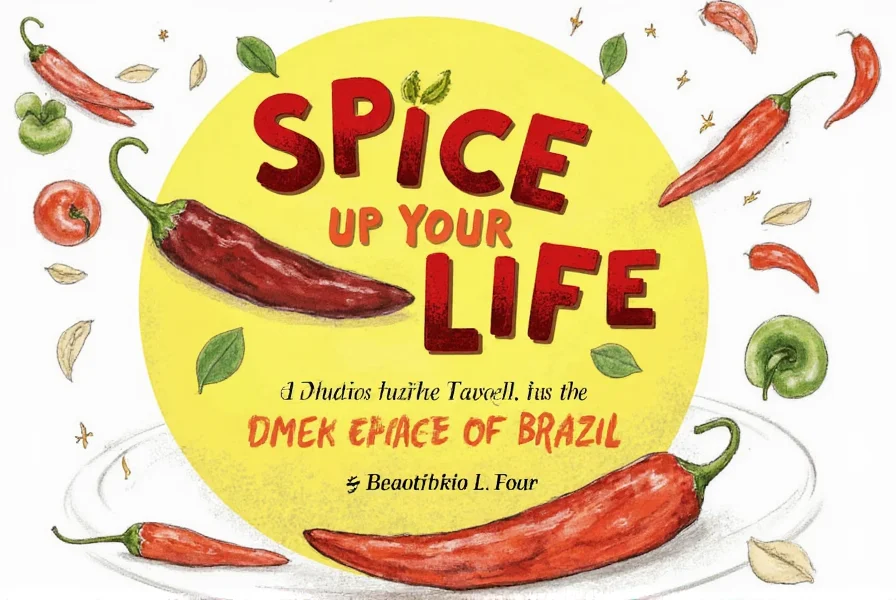
Fusion Fun: How to Blend Brazilian Spices into Global Dishes
Why stop at traditional? Get creative by blending Brazilian spices into everyday global favorites. Here are a few fusion ideas to try:
- Brazilian-Style Tacos: Use annatto-marinated chicken, top with farofa crunch and a drizzle of Malagueta crema.
- Feijoada Chili: Swap kidney beans for black beans, add cumin, orange zest, and smoked sausage for a South American twist.
- Moqueca Pasta: Make a seafood pasta using tomato sauce, palm oil, garlic, and cilantro instead of basil for an exotic twist.
- Farofa Nachos: Top tortilla chips with refried beans, melted cheese, shredded spiced chicken, and a sprinkle of toasted cassava farofa.
Final Thoughts on Embracing Brazilian Flavor
Brazilian cuisine is a feast for the senses — and the soul. Whether you’re exploring traditional feijoada or experimenting with spicy new fusions, one thing is clear: the power of spices is what makes Brazilian food unforgettable.

So grab your apron, stock your spice rack, and let Brazil’s flavors ignite your next kitchen adventure. After all, food isn’t just about nourishment — it’s about connection, celebration, and a little bit of spice to keep things interesting!

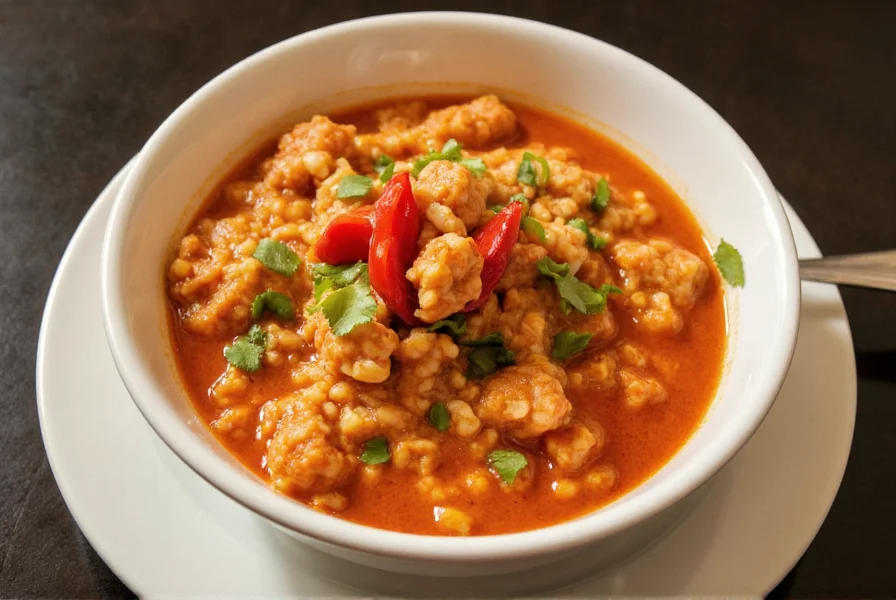









 浙公网安备
33010002000092号
浙公网安备
33010002000092号 浙B2-20120091-4
浙B2-20120091-4